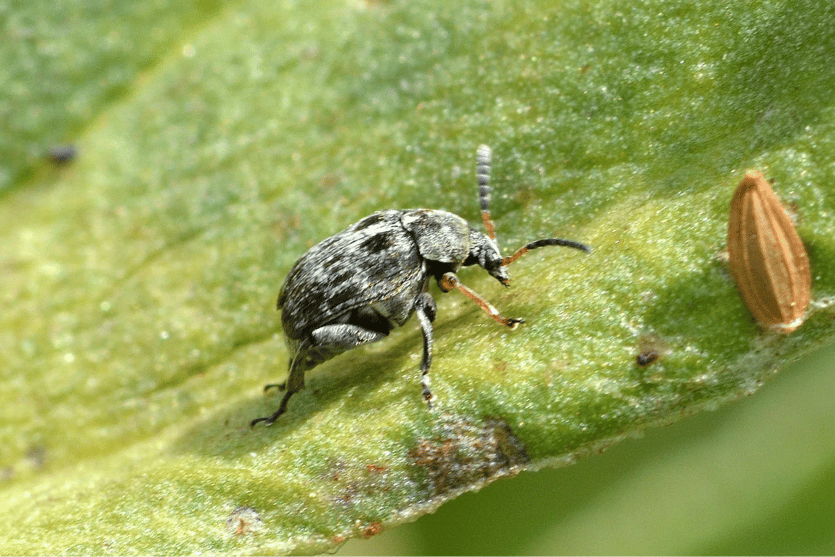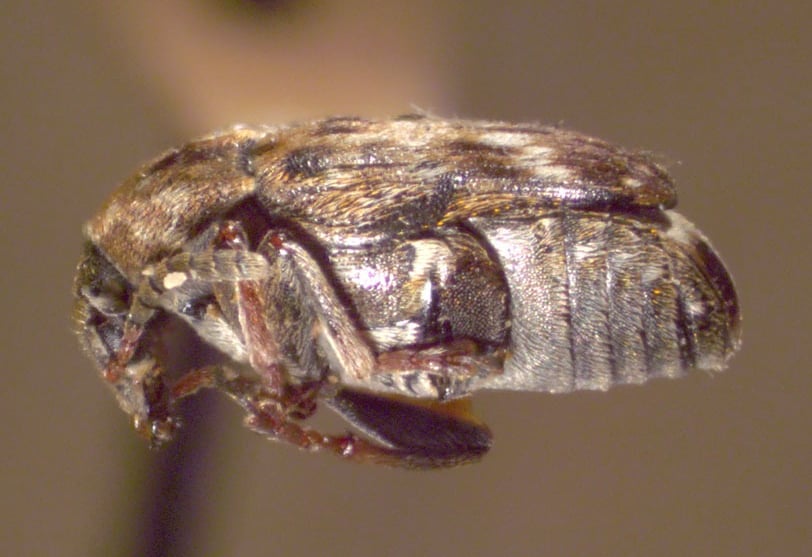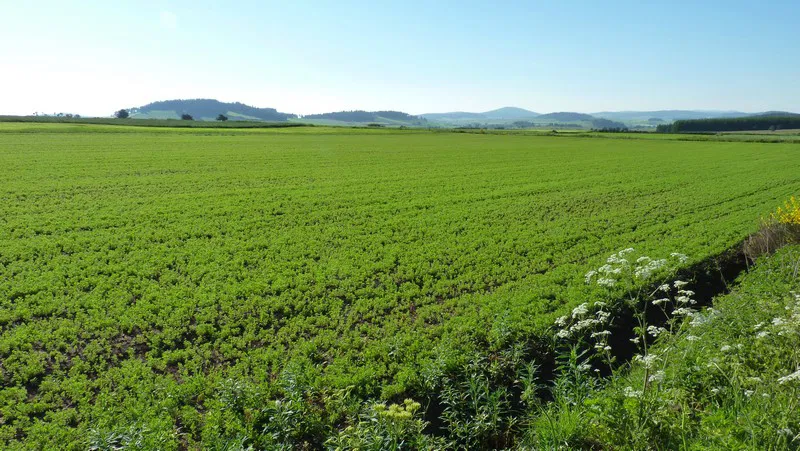How to Control Bean Weevils in Storage: Solutions for North American Pulse Growers
In North America, pulse crops like dry beans, lentils, chickpeas, and faba beans are increasingly valuable—both for domestic markets and export. But one persistent enemy threatens their quality after harvest: the bean weevil, also known as the bruchid beetle. These insects, often invisible during harvest, can silently infest stored pulses, causing internal damage that goes unnoticed until grain is rejected at sale or export inspection.
While integrated pest management (IPM) begins in the field, effective post-harvest storage plays a critical role in preventing losses. In this article, we explore the most effective weevil control methods tailored to the needs and regulations of US and Canadian growers.


Stop the Problem Early: Harvest and Drying Strategy
Timing is essential. Harvesting when pulses are still slightly moist—typically around 15 to 20% moisture—can trap larvae inside the seeds before they emerge as adults. Immediately after harvest, drying should bring seed moisture down to 14% or less. This not only prevents further insect development but also prepares the grain for safe storage.
In both the US and Canada, many producers already use warm-air drying systems. Applying them correctly helps limit the emergence of adult weevils, increasing the effectiveness of any later control measures.
Fumigation: Still a Standard, But With Limits
Phosphine fumigation remains the most common storage treatment for weevil control in North America. It’s widely used in grain elevators and on-farm storage facilities because it’s highly effective: adults and larvae are killed in a matter of days, and the treatment leaves no chemical residue on the grain itself.
However, fumigation requires airtight storage structures and must be applied by licensed professionals. It also doesn’t eliminate the presence of weevil larvae already inside seeds—the insects are killed, but their bodies remain, which may still lead to quality downgrades in visual inspections.
Approved Insecticides for Contact or Ingestion
Some conventional growers use insecticidal treatments (such as deltamethrin or similar actives), typically applied through ultra-low volume (ULV) sprayers. These treatments are effective on adult weevils and provide residual protection, but they must be applied while the grain is still warm, often immediately post-drying.
It’s important to follow all local pesticide regulations. In Canada, the PMRA and provincial bodies provide guidance on what actives are allowed for pulse crops in storage. In the US, consult your local extension agent or state guidelines to ensure compliance.


Physical Treatments: Organic-Compliant and Residue-Free
Growers in organic or low-input systems often seek non-chemical alternatives. Heat treatment is one of the most accessible methods: exposing pulses to temperatures between 50 and 70°C for a short time can kill both adult insects and larvae without damaging the grain—if managed carefully.
Freezing is another option, particularly for small batches or high-value specialty beans. Exposure to –20°C for at least four weeks is generally enough to eliminate all stages of the weevil. This method is effective but slow, and typically not feasible for larger volumes.
Modified Atmosphere Storage: A Scalable, Residue-Free Solution
One of the most promising techniques for North American growers—especially those exporting pulses—is Modified Atmosphere (MA) storage. This method relies on oxygen depletion and the introduction of CO₂-rich environments inside sealed containers. Whether using flexible hermetic bags, liners for standard containers, or rigid bins, MA storage offers full weevil control without chemicals.
Scientific data and field results show that adult weevils die within 48 hours under high CO₂ levels. Eggs and larvae typically die within 10 to 21 days. The method leaves no residue, meets organic certification requirements, and helps producers comply with strict export standards, including those for zero insect presence.
MA storage is already widely used in parts of Europe, Africa, and Latin America. With growing demand for sustainable and residue-free food systems in North America, this approach is gaining traction among both organic and conventional producers looking to reduce chemical use.


Long-Term Strategy: Combine Storage with Field Control
Field-level strategies can complement post-harvest control. Intercropping—such as planting faba beans alongside barley or using buckwheat strips with lentils—can help disrupt the life cycle of bruchids and reduce population pressure. Likewise, planting varieties with different flowering periods can help avoid peak weevil activity.
In Canada and the northern US, these approaches are still under study, but they offer promising results when integrated into a broader pest management plan.
For pulse producers in the US and Canada, controlling bean weevils after harvest is a top priority—especially for those targeting export markets where tolerance for insect presence is virtually zero. Phosphine fumigation remains a mainstay, but alternative techniques like Modified Atmosphere storage offer scalable, organic-compliant options without chemical residues.
By combining early harvest and drying practices with effective storage solutions—and by integrating field-level strategies where possible—growers can ensure high-quality, market-ready pulses year after year.
